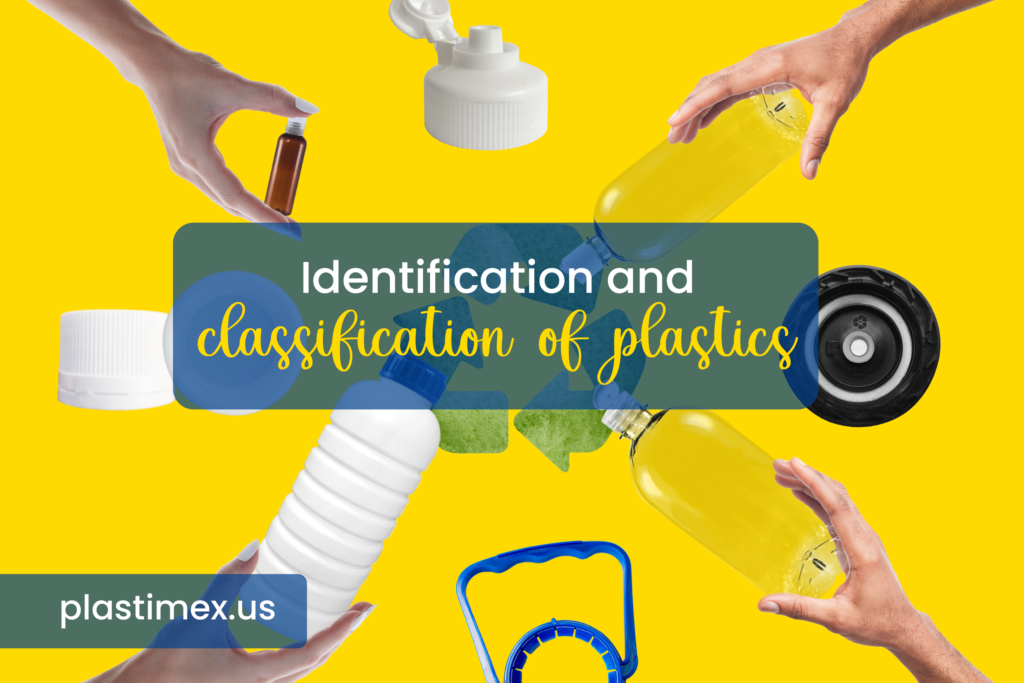Plastics are characterized by their lightness, versatility, and durability, which simplifies the packaging of food and the transport of products. For this and more, plastic has become an essential tool for all types of industries. However, it is undeniable that environmental problems have been directly related to its excessive use. Find out everything you need to know about the importance of identifying and classification of plastics to prevent them from becoming trash.
What is plastic classification?
According to the Society of Plastic Industries, the most common plastics are classified with a number from 1 to 7 and it is commonly located at the base of bottles or containers:
- The most widely used material for making plastic bottles is polyethylene terephthalate (PET), which is why it ranks number one on the list.
- Number 2 is High-Density Polyethylene (HDPE) and you can find it in cleaning products and cream or milk cans.
- The third is polyvinyl chloride (PVC) which is ideal for making shampoo bottles, pipes, and toys.
- Low-density polyethylene (LDPE) is classified as number 4 and you can find it in grocery bags, plastic wraps, and gloves.
- The number 5 is for polypropylene (PP) and it is common to use it in caps and butter or yogurt containers.
- Polystyrene (PS) occupies number 6 and we can find it in some toys, cutlery, and white cork (styrofoam).
- Finally, the number 7 is plastics that are not recyclable are classified.
Why correct classification of plastics is so important?
The classification of plastics is the first step for recycling to obtain better results. For this to be possible, plastics must be separated according to the fundamental properties of the material that was used for their production. Some of the parameters are color, particle size, density, and electromagnetism. That is why manufacturers must indicate the type of plastic they used to create their products, as it simplifies the recycling process.
I need PET and HDPE containers
At Plastimex our priority at all times is to maintain a high-quality standard in each of our containers. Thanks to our innovative machinery and constantly updated staff, we offer the best bottles and caps for your product. If you want to know more about classification of plastics, contact an advisor for advice on the best way to contain your product.



